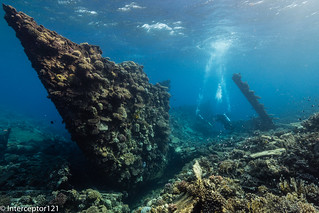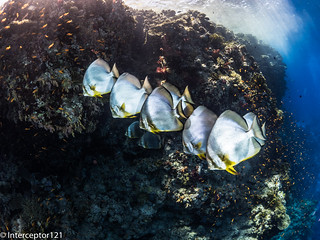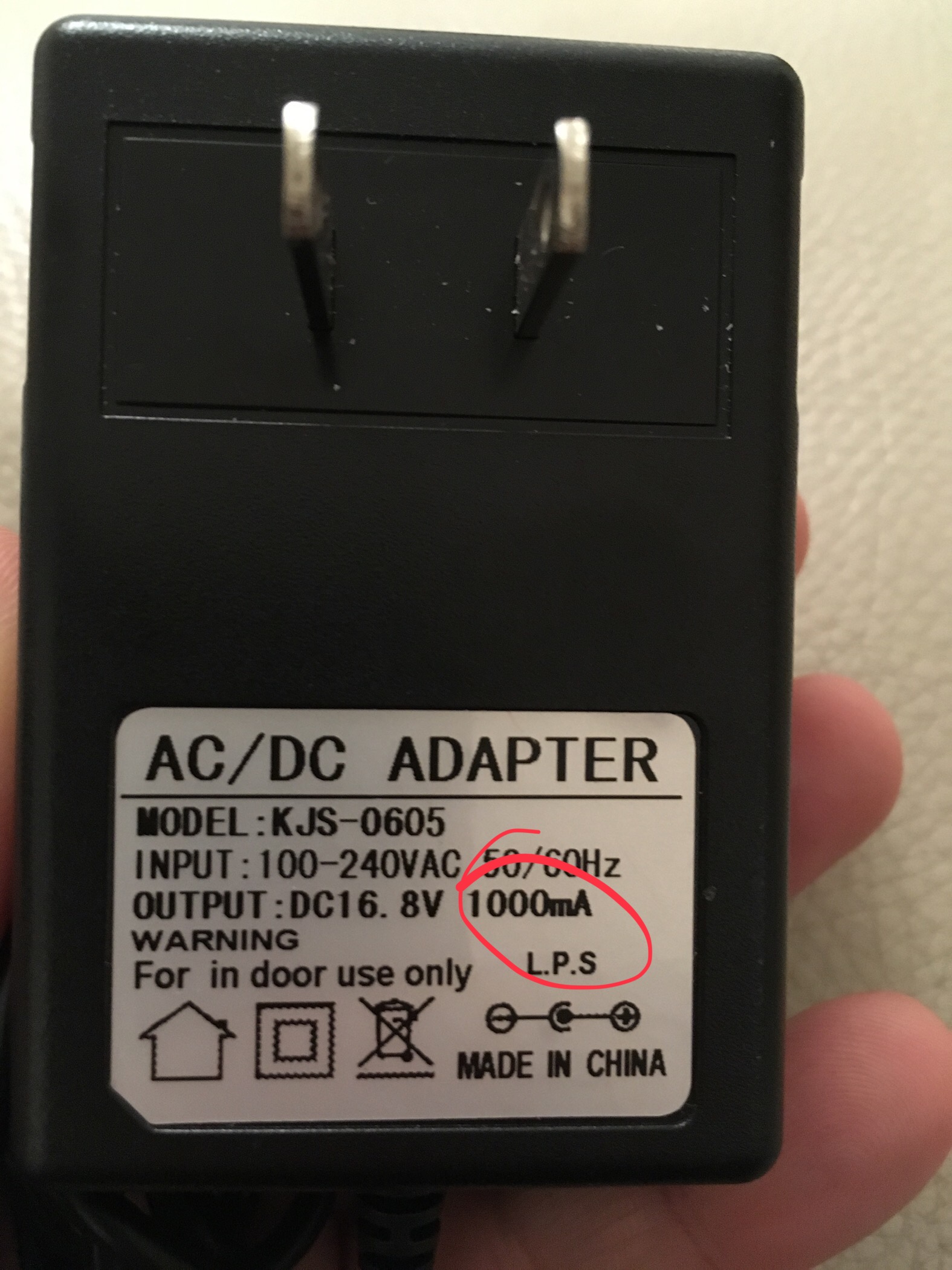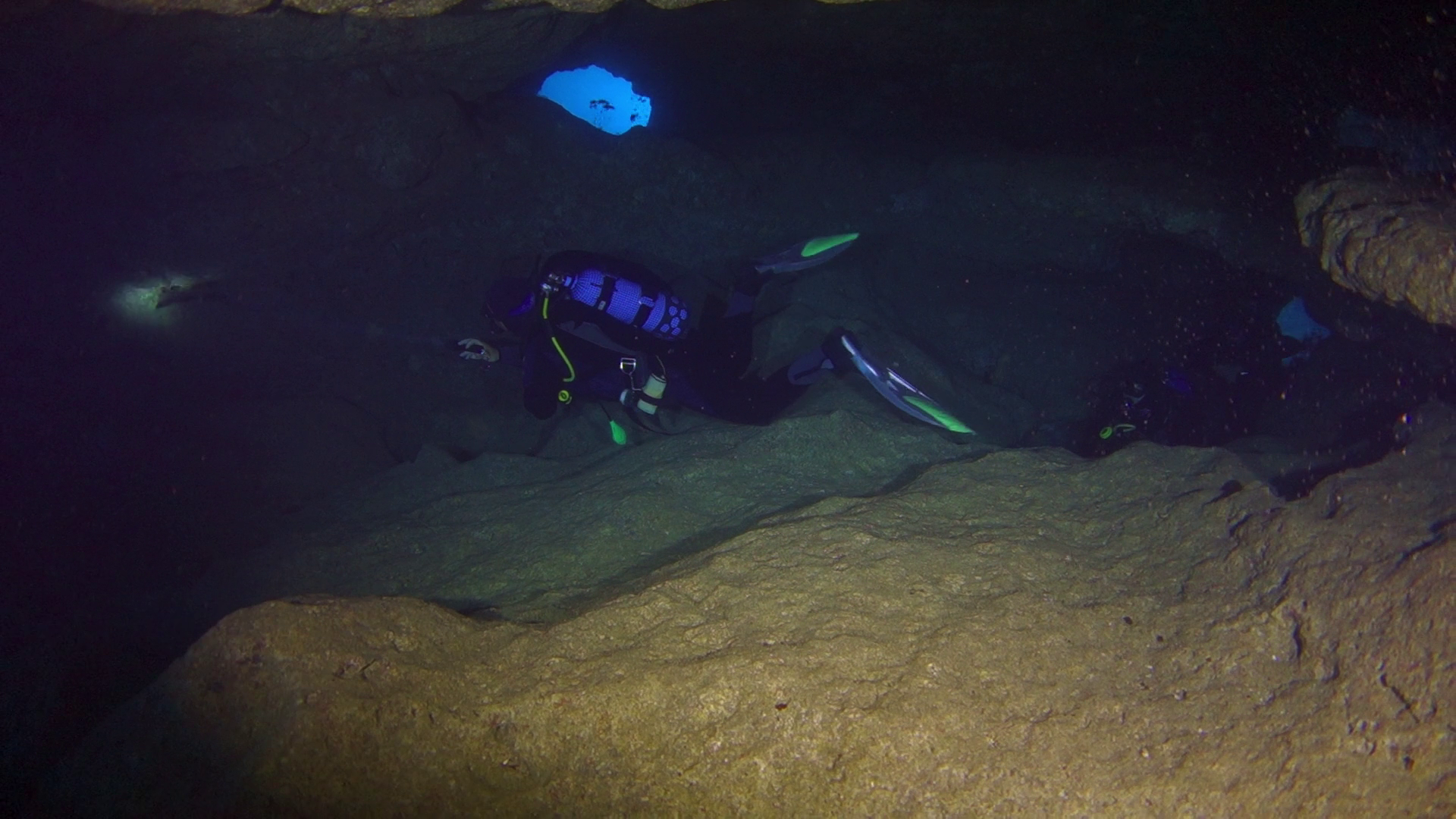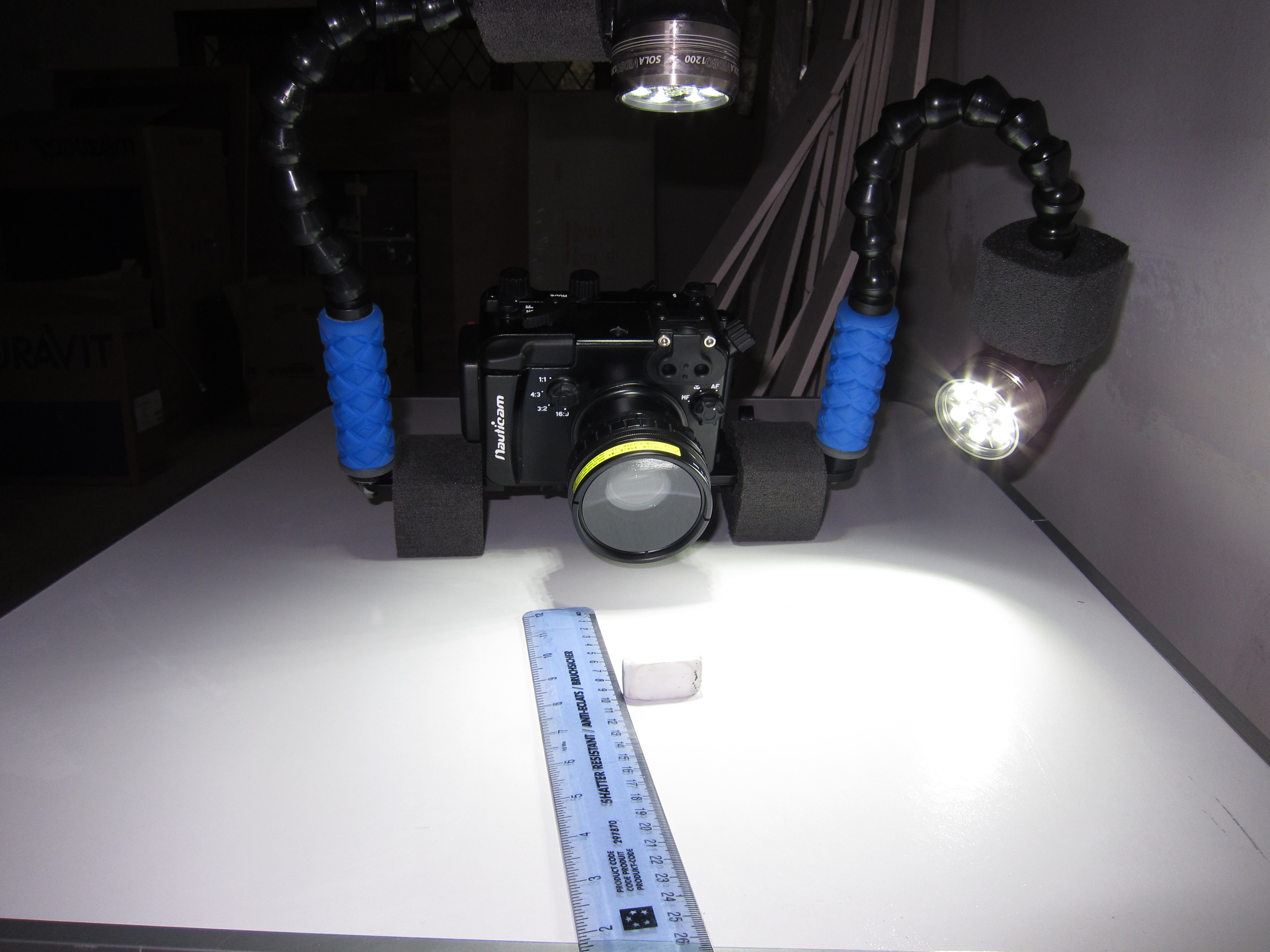The issue is that the Ambient light filters are set for a certain depth and water conditions and does not work well outside that range. While the idea of white balancing the scene and getting colour to penetrate deep into the frame is great the implementation is hard.
Thinking about Keldan we have a 6 meters version and a 12 meters version as listed on their website. The 6 meters version works well between 4 and 12 meters and the other between 10 and 18. At the same time the Spectrum filter for the lens works down to max 15 meters and really performs better shallower than 12 meters.
With that in mind it follows that if you plan to use the spectrum filter -2 you are probably getting the 6 meters ambient filters. So what happens if you go deeper than 12 meters? The ambient light filter is not aligned to the water ambient light and the lights start to look warm this is not such a bad thing but can get bad at times.
You can of course white balance the frame with the lights however this becomes somewhat inconvenient so I wanted to come out with a different technique. In a previous post I have described how to match a lens filter to a light/strobe filter. Instead of matching the light filter to the ambient light I match the filters on land between each other in daylight conditions to obtain a combination that is as much as possible neutral. I have done this for URPRO, Magic Filter and Keldan Spectrum filter and worked out the filter that when combines give a neutral tone.
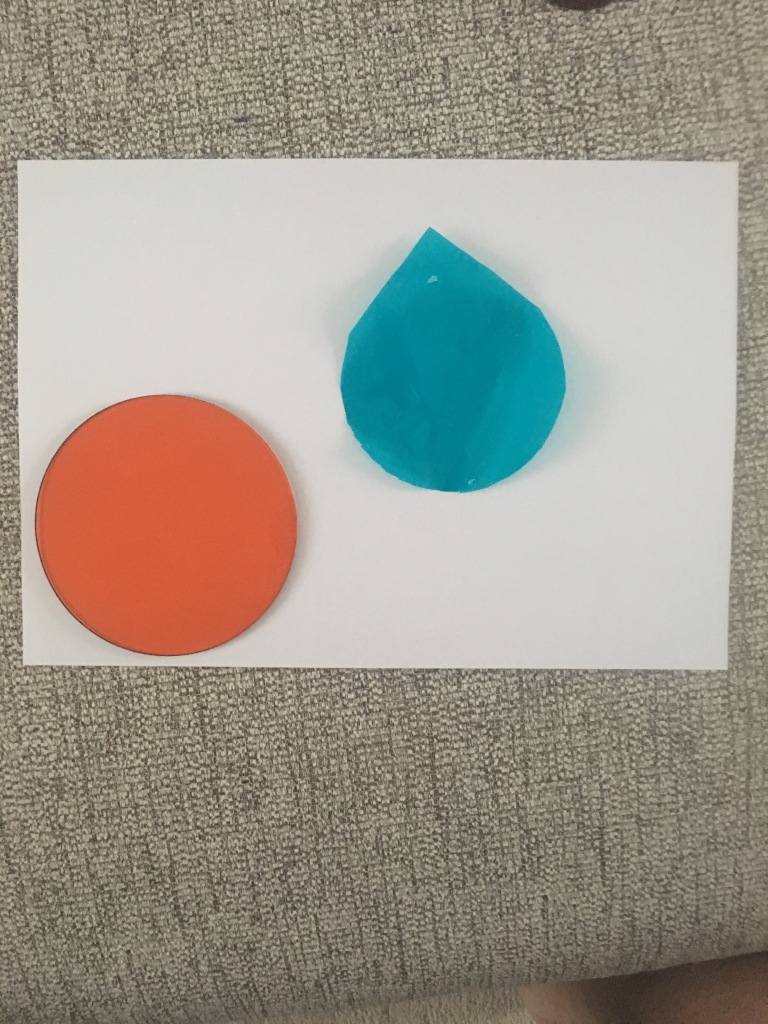
This tone tends to emulate the depth where the filter has the best color rendition. So in case of Keldan this is around 4 meters and so is Magic with URPRO going deeper around 6-9 meters.
The idea is that you can use the filter without lights for landscape shots and when you put the lights into the mix you can almost shoot in auto white balance or set the white balance to the depth the two were matching. I wanted to try this theory in real life so I did 3 different days of diving testing the combination I had identified the results are in this video.
The theory of matching filters worked and the filter more or less performed all as expected. I did have some additional challenges that I had not foreseen.
Filter Performance
The specific performance of a filter is dependant on the camera color science. I have had great results with URPRO combined with Sony cameras but with Panasonic I always had an orange cast in the clips.
Even this time the same issue is confirmed with the URPRO producing this annoying cast that is hard if not impossible to remove also in post.
The Magic filter and the Spectrum filter performed very close, with magic giving a more saturated and baked in image with Keldan maintaining a higher tone accuracy. This is the result of the design of the filters: the Magic filter has been designed to take outstanding picture better than life, the Spectrum filter has been designed using tools to give accurate color rendition. What it means is that the magic images look good even in the LCD while Keldan are a bit dim but can be helped in post.
Looking at the clip in the first 3 and half minutes you can’t tell apart Magic and Spectrum down to 9 meters, with the URPRO giving consistent orange cast.
Going a bit deeper I realised you also need a scenario where you are swimming closer to a reef and want to bring some lights in the frame because you are outside the best working range of the filter. In order to avoid excessive gap when approaching the reef I had stored white balance readings at 6 9 12 15 meters so when I had a scene with mixed light instead of balancing for say 15 meters and then having an issue with the light I used the 9 meters setting so the image is dim when you are far and gets colorful as you approach which is somehow expected in underwater video.
The section at 15 meters are particularly interesting
You can see that URPRO gets better with depth but also how at 5:46 you see a fairly dim reef at 5:52 I switch on the lights and the difference is apparent.
At 6:20 the approach with Keldan was directly with the lights the footage still gives an idea of depth however the colours are there and the background water looks really blu as I had white balance set for 9 meters.
Key Takeaways
All filters produced acceptable results however I would not recommend URPRO for the Panasonic GH5 and settle for the Magic Filter or the Spectrum filter. Today the spectrum is the only wet filter for the Nauticam WWL-1 but I am waiting for some prototypes from Peter Rowlands for the magic. I would recommend both the magic and the spectrum and the choice really depends on preference. If you want a ready look with the least retouching the magic filter is definitely the way to go as it produces excellent ready to use clips that look good immediately in the LCD.
The Keldan Spectrum filter has a more desaturated look and requires more work in post but has the benefit of a more accurate image.
I think this experiment has proved to work and I will use this method again in the future. This method is also potentially available using the keldan or other ambient light using a tone that closely matches the lens filter.


